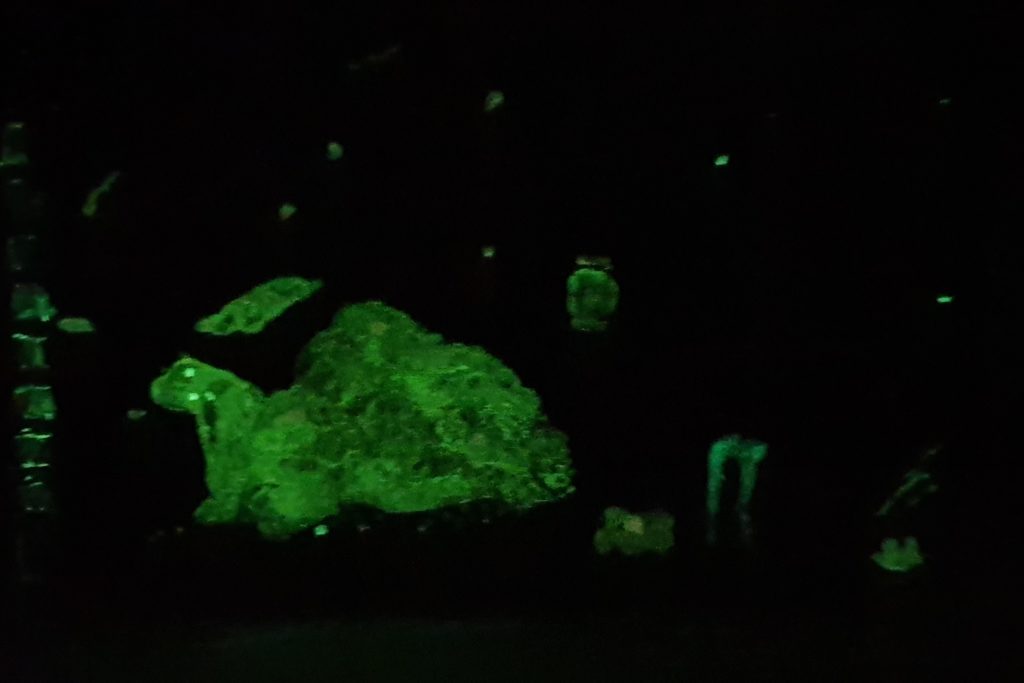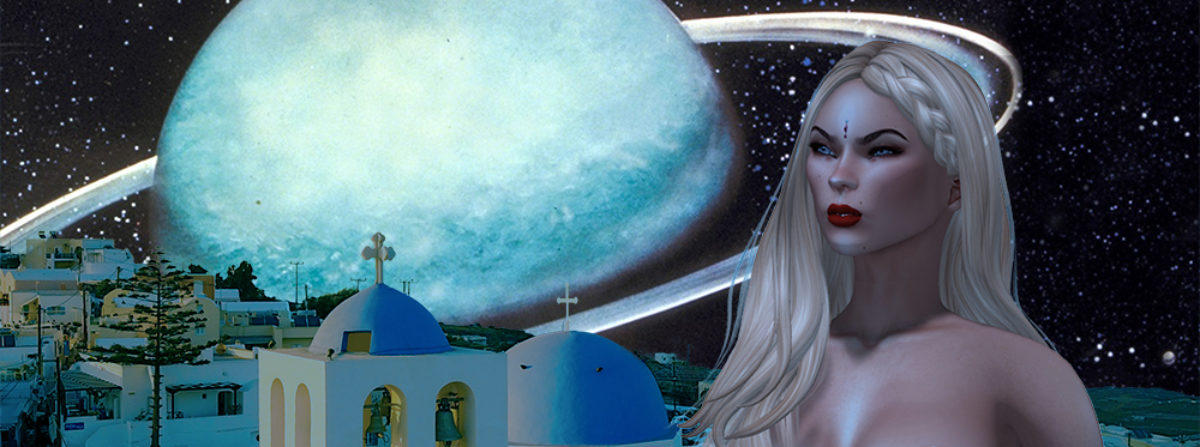That’s what he said, our art teacher in class. Or at least strongly suggested it. There is a good reason for this, of course. Staying inside while painting isn’t particularly unusual, and it comes a no surprise that the sunlight is different from the artificial light indoors. The normal light bulbs emit a yellowish light, while the sun – the daylight – doesn’t.
So what – is it that dangerous? Why does it matter? Well, the reason is easy: Colours!
We want to have the correct colours for our motives when we paint – and the colours we see are the colours of the light reflected. When we mix our colours to paint with, we want them to be correct and represent what we actually see. This is where the artificial light can cause a problem; a yellow-tinted light is what we’re used to inside, but it will also fool us. When we mix colours, we will compensate for that yellow tint, which appears to be mixed in with the rest of the colours.
The result might look fine until we see the painting in daylight. Then the colours will be obviously wrong, and the painting doesn’t look good. Not fun.
Won’t the problem be the same, just opposite, if you paint in daylight, and then see the finished painting in the light from normal light bulbs? Nope. The light from the sun isn’t tinted with any colour, and thus there’s no colour to compensate for. And of course, that again means the colours are the correct ones, even when inside.
Sure, a tinted light inside will still affect the colours we see, but we’re used to it, and our eyes automatically adjust for it without we really noticing it. To compare what we actually see, we can use a camera. Cameras are quite stupid – we have to tell them what kind of light it is, be it outside in the sunshine, or overcast, or inside with normal light bulbs, and some other options. Then we can, for example, in a room with normal light bulbs tell the camera that it’s outside in the sunshine, and take a picture. Then we tell the camera that the light source is light bulbs, and take another picture of the same motive. The camera should then adjust its settings to compensate for the tinted light. Then we can compare the two pictures and see the differences in colour.
So, what did I do? I found what I needed, of course. It’s not just a daylight bulb, I can change both the intensity and temperature, so it can simulate sunshine, overcast, evening, plus of course the normal warm light bulb colour. And I can control it from the phone.
Quite smart.
And I could immediately see the difference by switching between daylight mode and normal mode. And it was quite a difference, too. It will be nice to paint “in the sunshine” rather than that warm light after this. 😉


